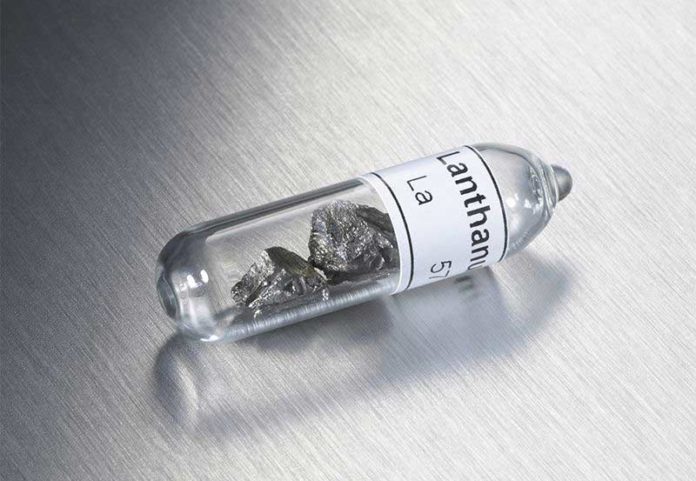Physicists recently claimed to have developed a superconducting material that can operate at near-room temperature. Russell Hemley, a geophysicist at George Washington University in Washington DC, first announced evidence of this feat at a conference in August.
The authors report seeing a sudden drop in electrical resistance at 7˚C in a material they synthesized: a ‘superhydride’ — a compound that contains a large amount of hydrogen — of lanthanum, LaH10. Such a drop is the hallmark of a phase transition to superconductivity that occurs when the material is cooled below a threshold temperature.
However, the proof is still preliminary and comes with a major caveat. So far, the material has been made only under pressures of about 200 gigapascals — or two million atmospheres.
In any case, whenever affirmed, the accomplishment would be the primary case of superconductivity above 0˚C, and a few physicists state that the work could be an achievement in the investigation of superconductivity, which scientists expect that will one day make the generation, transmission and utilization of power immensely progressively proficient.
Yanming Ma, a physicist at Jilin University in Changchun, China said, “The observation is amazing. The work is in its early stages. Getting to room temperature has been a long-held dream, ever since superconductivity was discovered more than a century ago.”
Mikhail Eremets, a physicist at the Max Planck Institute for Chemistry in Mainz, Germany said, “The achievement of superconductivity above 0˚C has no particular physical meaning, but it is “enormously important psychologically.”
For the experiment, scientists placed a diamond anvil in a synchrotron beamline. They then used the anvil’s diamond tips to squeeze a minuscule sample of lanthanum and hydrogen to pressures of up to 200 gigapascals.
Next, they incidentally warmed the compound and watched its structure change alongside its conductive properties, checking the procedure with X-ray diffraction.
Scientists produced a new structure called LaH10-which scientists to think that would be superconducting at very high temperatures. They allowed it to cool — while keeping it at high pressure — and measured its electronic properties. In certain conditions, they saw the electrical resistance drop at a temperature of 280 Kelvin, or about 7˚C.
Hemley says that in as-yet-unpublished follow-up work, his team detected another important sign of superconductivity: the material expelled existing magnetic fields from itself. The phenomenon is considered to be gold-standard evidence of superconductivity and, if confirmed, could clinch the team’s claim.
“The experiments could offer hints on how to develop materials that might have similar electronic properties at less extreme pressures. This is just the beginning of a new era of superconductivity.”
